Steel yourself for metal guru Antony Gormley’s Royal Academy blockbuster
The British sculptor takes you through a room brambled with steel spindles, inside pitch-black tunnels, before platooning you in a room filled with seawater

Antony Gormley’s blink-and-you’ll miss it Iron Baby (1999) greets the hoards of culture vultures already circling London’s Royal Academy of Arts, ahead of his anticipated self-titled exhibition. Its foetal form, cowering on the Annenberg Courtyard floor, snatches your breath as you enter the RA. ‘I just want to go and cover him up with a blanket,’ says someone. ‘It's going to be a trip hazard,’ jokes another. And so the tone is set for Gormley’s 17-room exhibition, that will literally and figuratively have you on the wrong foot.
Try to find a quiet time to experience it if you can. It’s how the artist – a student of Buddhist meditation – would no doubt want you to experience it. But, despite the crowds, a calming aura settles on each installation. It’s in part down to the Enlightenment-era galleries themselves, which are equal parts imposing and meditative. Gormley was intimately involved in all aspects of the three-year long curation process (as is common with solo exhibitions at the artist-run institution) and he puts the existing architecture to great use.
Indeed, work has been undertaken to reinforce the historic galleries’ floors and walls in anticipation of Gormley’s large-scale sculptures and installations. The Main Galleries have become an armature for sculptural experiment. The veining on the ornate marble-arched doors echoes the rust marks on Gormley’s statues in Lost Horizon I, that sprout from the walls, floor and ceiling, forming a metal forest of faceless men. Elsewhere, in the RA's grandest gallery, miles upon miles of meshwork in Matrix III (2019) builds ever denser, like a cloud formation before a storm, underneath a vast glass skylight.
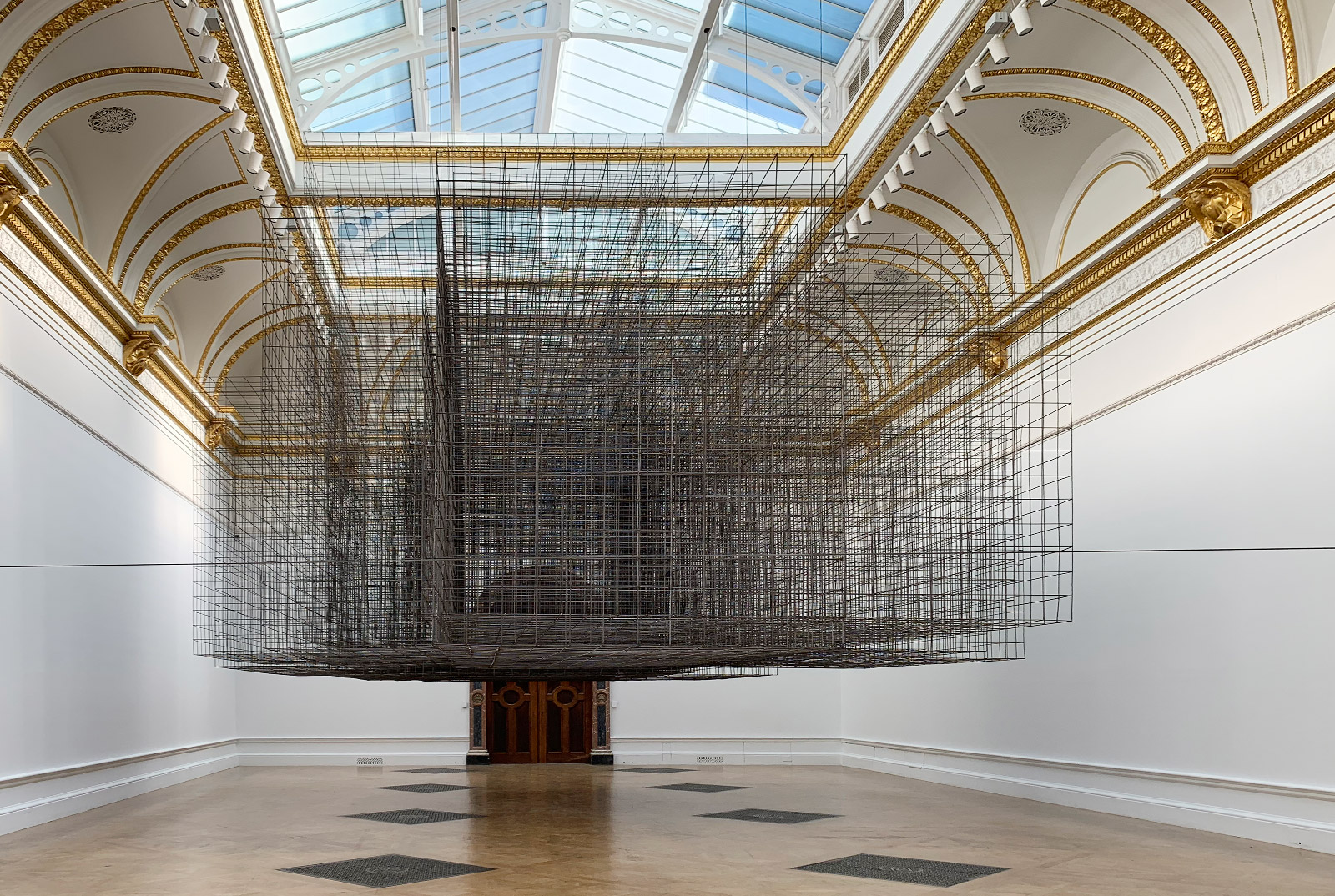
Matrix III, 2019, by Antony Gormley.
Few new works are present in the exhibition, but all feel fresh in their site-specificity, even for those who are familiar with them. Each is mesmeric in its intense physicality, playing with spatial awareness and perception – a testament to Gormley’s curatorial sensitivity. He has compared the challenges of any particular site to the resistance of marble for the sculptor who carves. No piece exhibits this more than the penultimate one, a giant steel tomb that you can physically enter, seeking pockets of light that reveal themselves as you crawl. Groping your way through the womb-like dark, you come out the other side, and – passing a room flooded with seawater – eventually, into the blinking light of the courtyard. Here, you’re reunited with the Iron Baby you saw on the way in, and brim with a new kind of kinship with it.
It’s easy to be bedazzled, and somewhat distracted, by the large format sculpture on display, but the drawings and small paintings are not to be skimmed over. Handpicked by the artist, they present some of his quieter moments, directly from his 45-year archive. They dart between philosophical musings on quantum mechanics that resemble an architect’s blueprints. Like pages ripped from a diary, they offer intimate insight into Gormley’s thinking – on urbanism, on the body, on our relationship with nature.
With such edifying themes being covered, Gormley was keen to keep a close eye on the commercial arm of the exhibition. And although you exit through the gift shop, a reading room has been planted in-between, with the intention of offering visitors pause for thought after what is a dizzying display. Gormley has edited the shop's product collection, including a stationary collaboration with Muji (Gormley uses its notebooks daily), a cycling jacket with London brand Rapha (the artist is a keen cyclist), and a limited-edition fragrance by famed nose Azzi Glasser.
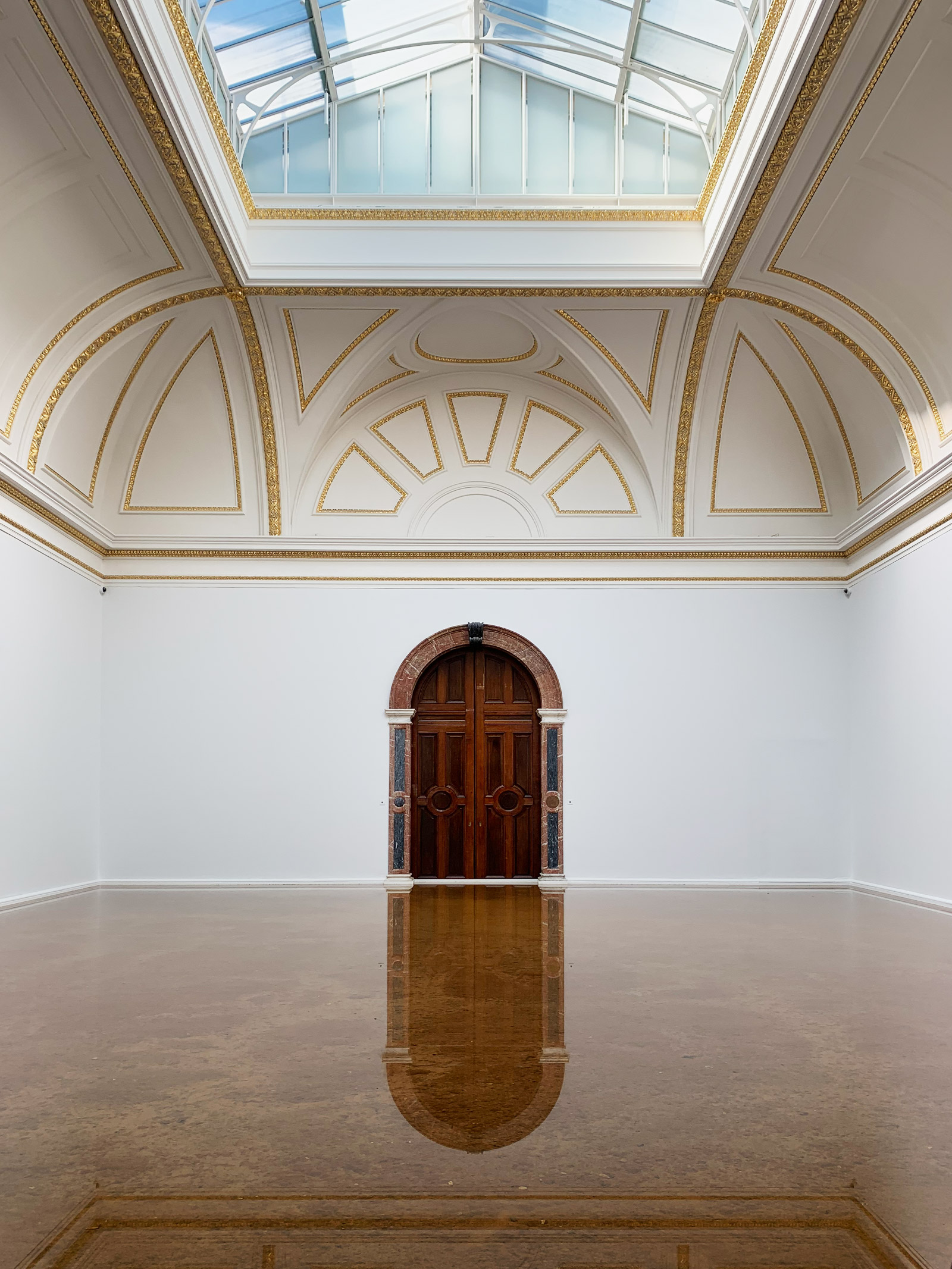
HOST, 2019, by Antony Gormley.
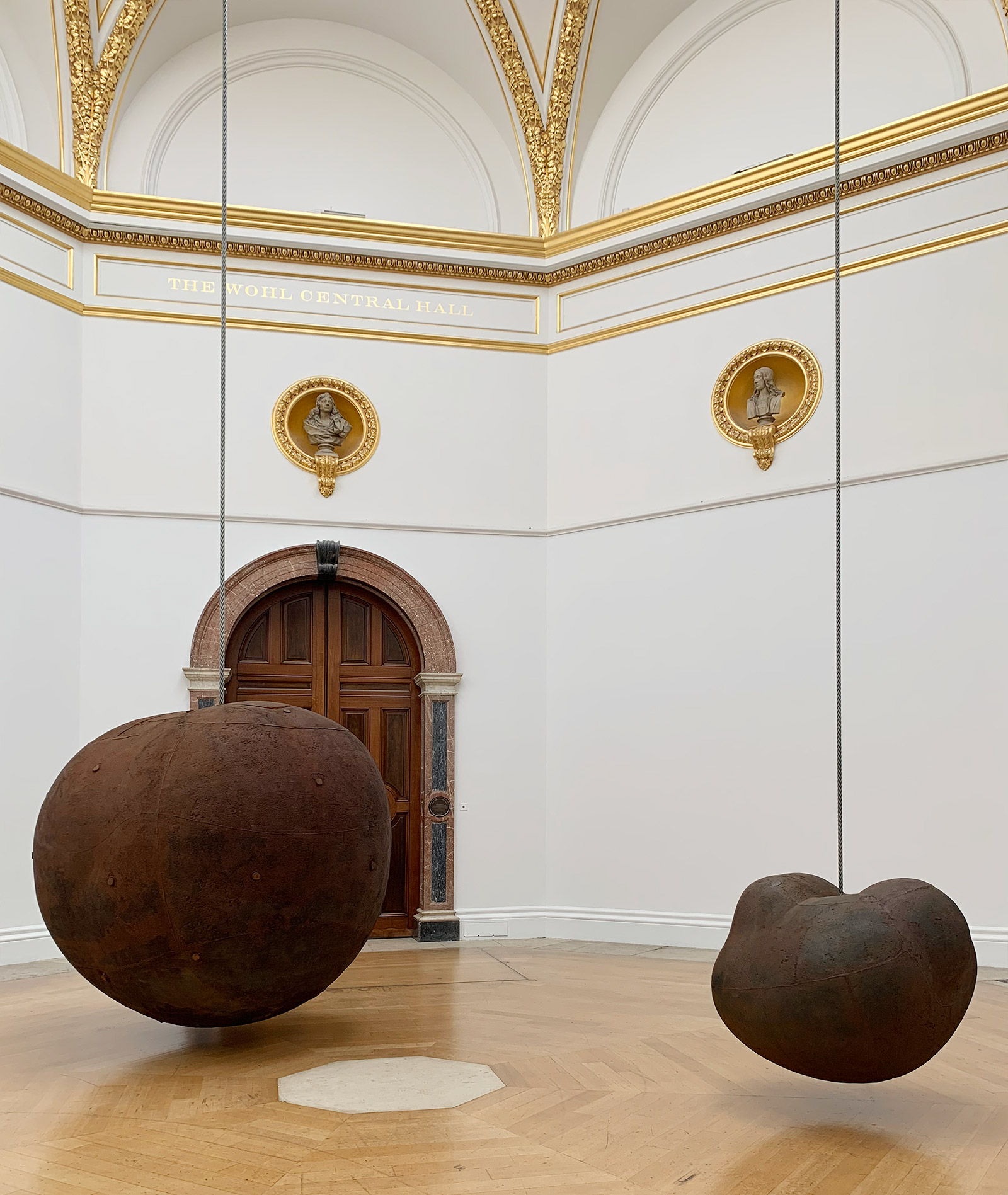
Body and Fruit, 1991/93, by Antony Gormley.
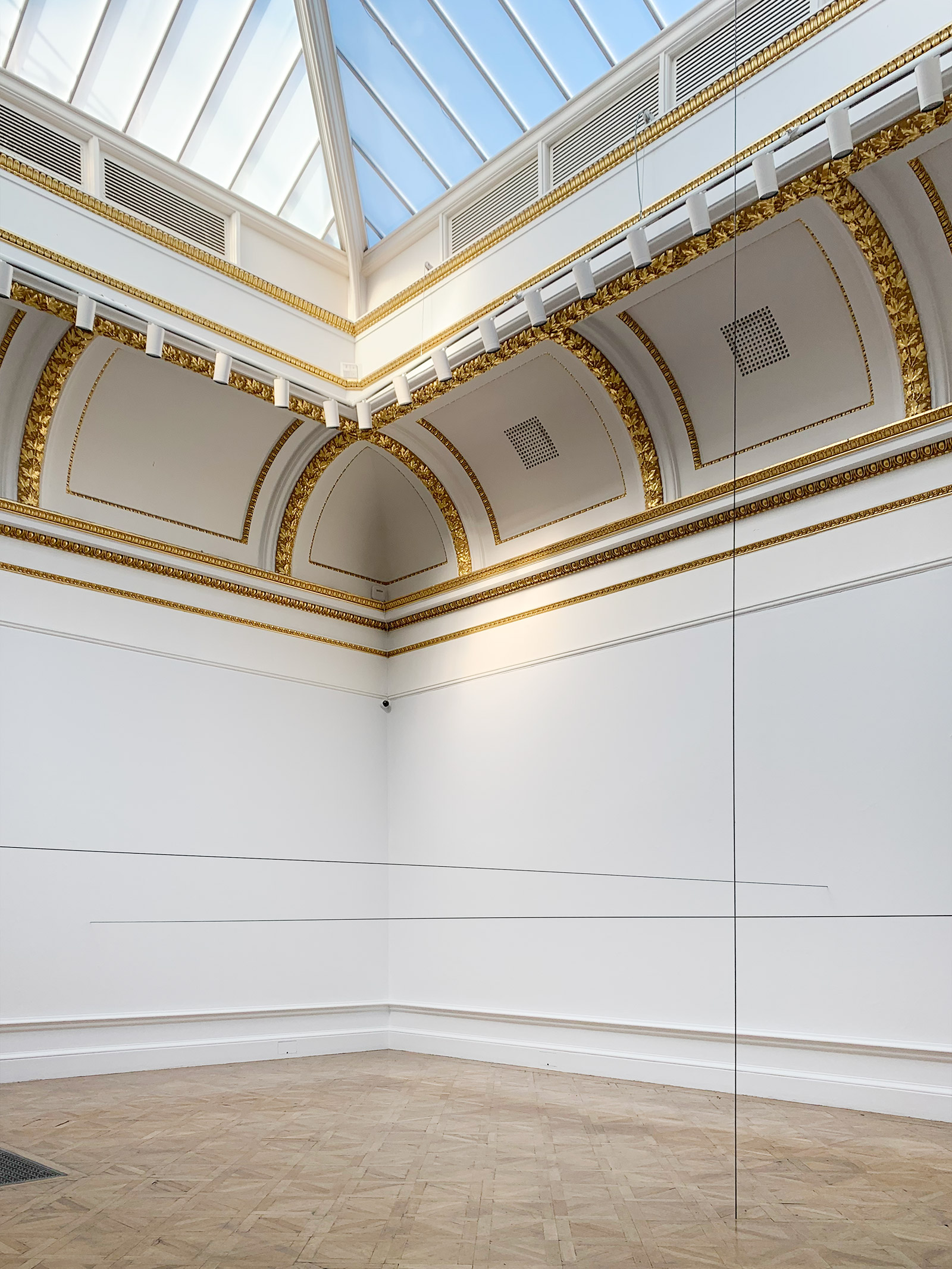
View of ‘Antony Gormley’ at the Royal Academy of Arts, London.
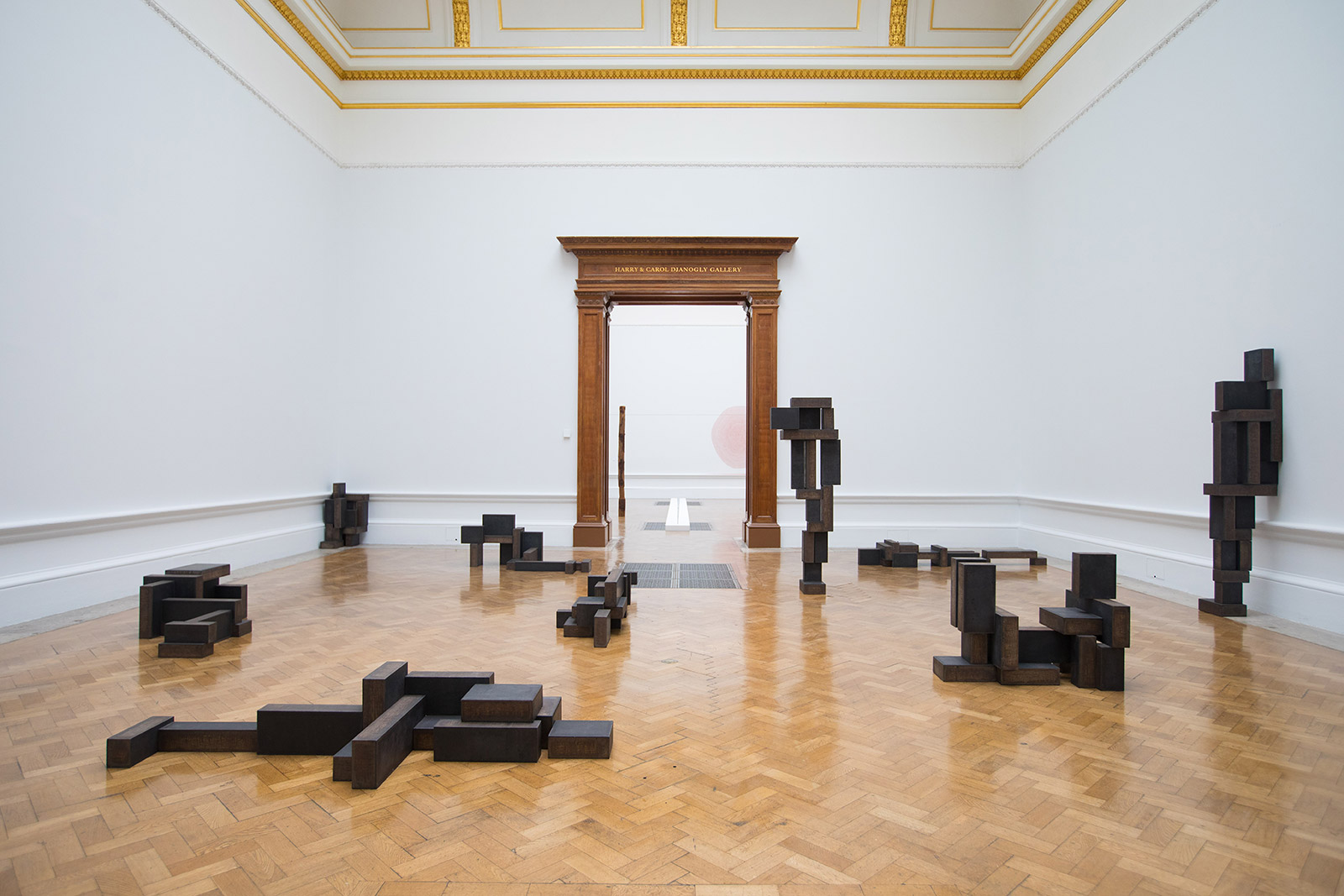
Slabworks series, 2019, by Antony Gormley. © The artist.
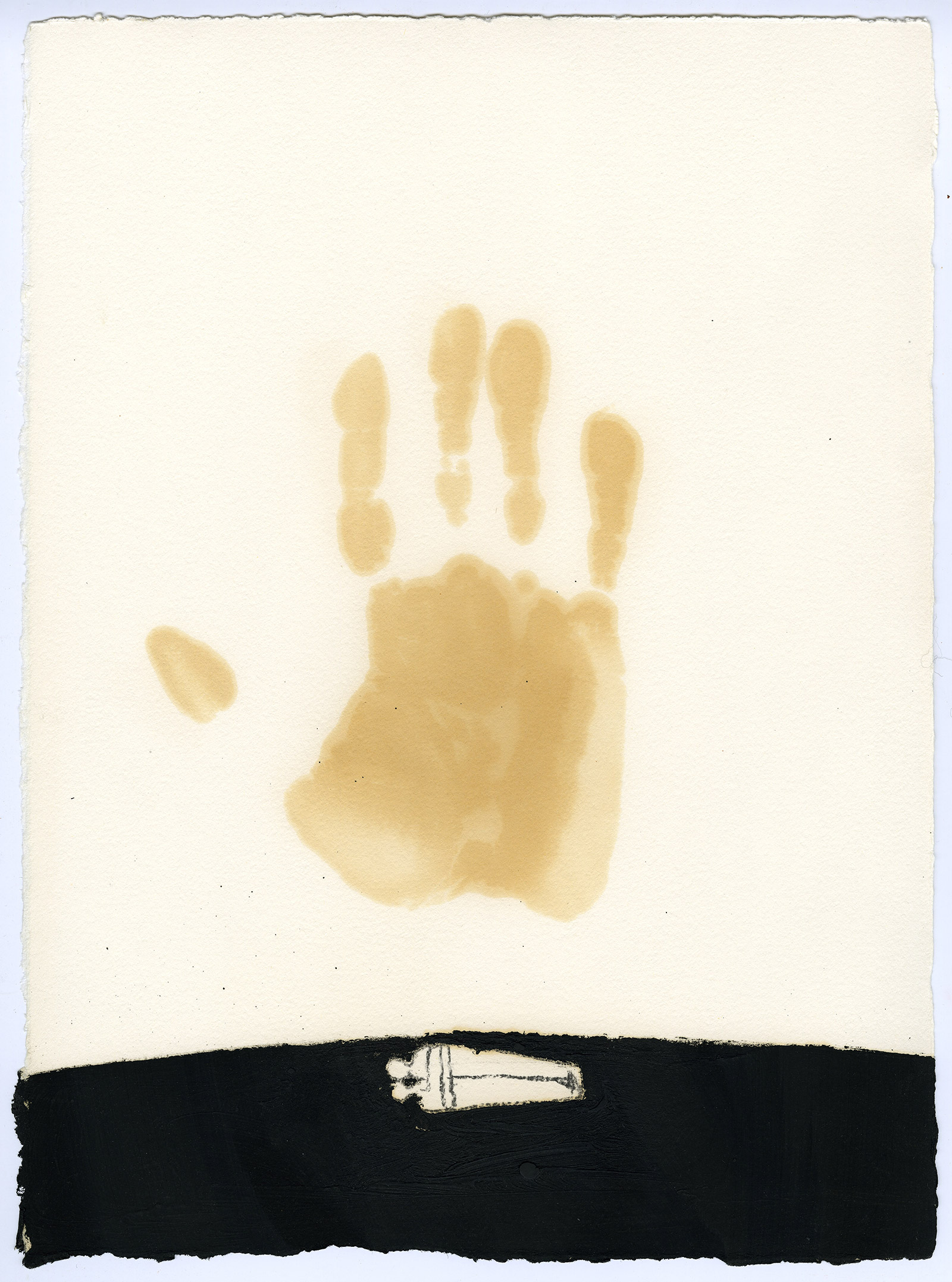
Double Moment, 1987, by Antony Gormley, black pigment, linseed oil and charcoal on paper. © The artist
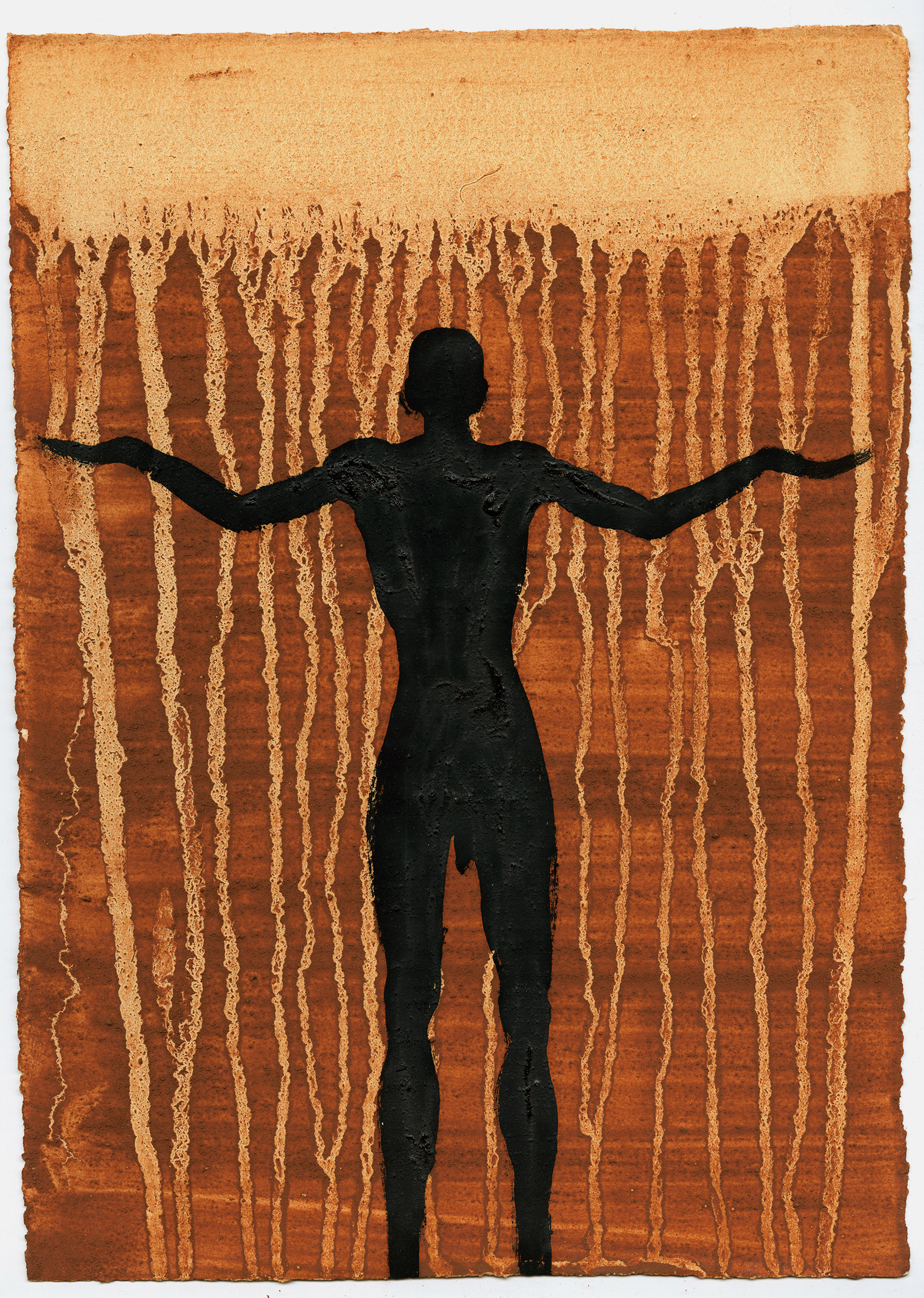
Earth, Body, Light, 1989, by Antony Gormley, earth, rabbit skin glue and black pigment on paper. © The artist
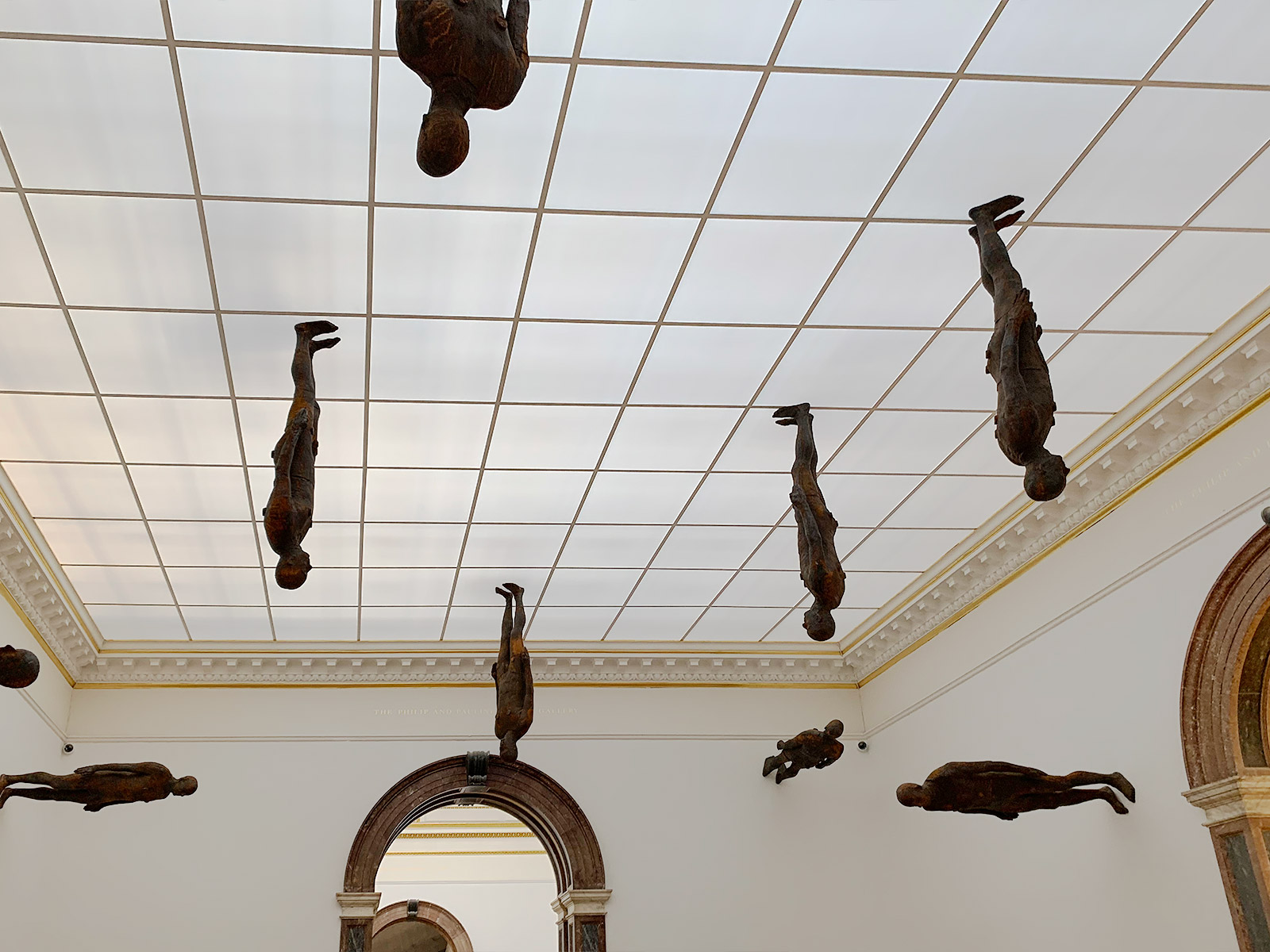
Lost Horizon I, 2008, by Antony Gormley.
INFORMATION
‘Antony Gormley’, 21 September – 3 December, Royal Academy of Arts. royalacademy.org.uk
ADDRESS
Royal Academy of Arts
Burlington House
London W1J 0BD
Wallpaper* Newsletter
Receive our daily digest of inspiration, escapism and design stories from around the world direct to your inbox.
Elly Parsons is the Digital Editor of Wallpaper*, where she oversees Wallpaper.com and its social platforms. She has been with the brand since 2015 in various roles, spending time as digital writer – specialising in art, technology and contemporary culture – and as deputy digital editor. She was shortlisted for a PPA Award in 2017, has written extensively for many publications, and has contributed to three books. She is a guest lecturer in digital journalism at Goldsmiths University, London, where she also holds a masters degree in creative writing. Now, her main areas of expertise include content strategy, audience engagement, and social media.
-
 Maserati joins forces with Giorgetti for a turbo-charged relationship
Maserati joins forces with Giorgetti for a turbo-charged relationshipAnnouncing their marriage during Milan Design Week, the brands unveiled a collection, a car and a long term commitment
By Hugo Macdonald
-
 Through an innovative new training program, Poltrona Frau aims to safeguard Italian craft
Through an innovative new training program, Poltrona Frau aims to safeguard Italian craftThe heritage furniture manufacturer is training a new generation of leather artisans
By Cristina Kiran Piotti
-
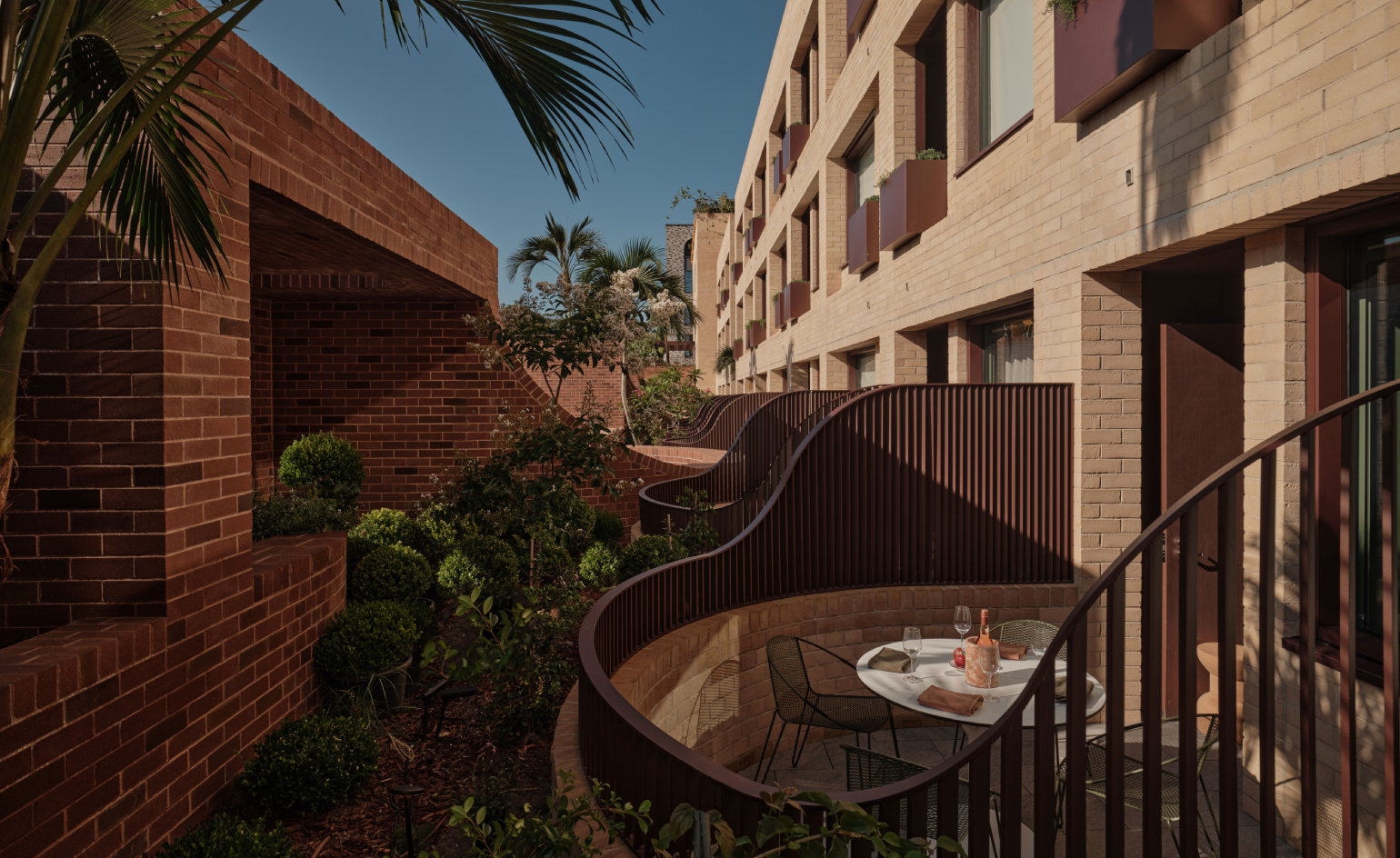 Wallpaper* checks in at The Eve Hotel Sydney: a lush urban escape
Wallpaper* checks in at The Eve Hotel Sydney: a lush urban escapeA new Sydney hotel makes a bold and biophilic addition to a buzzing neighbourhood that’s on the up
By Kee Foong
-
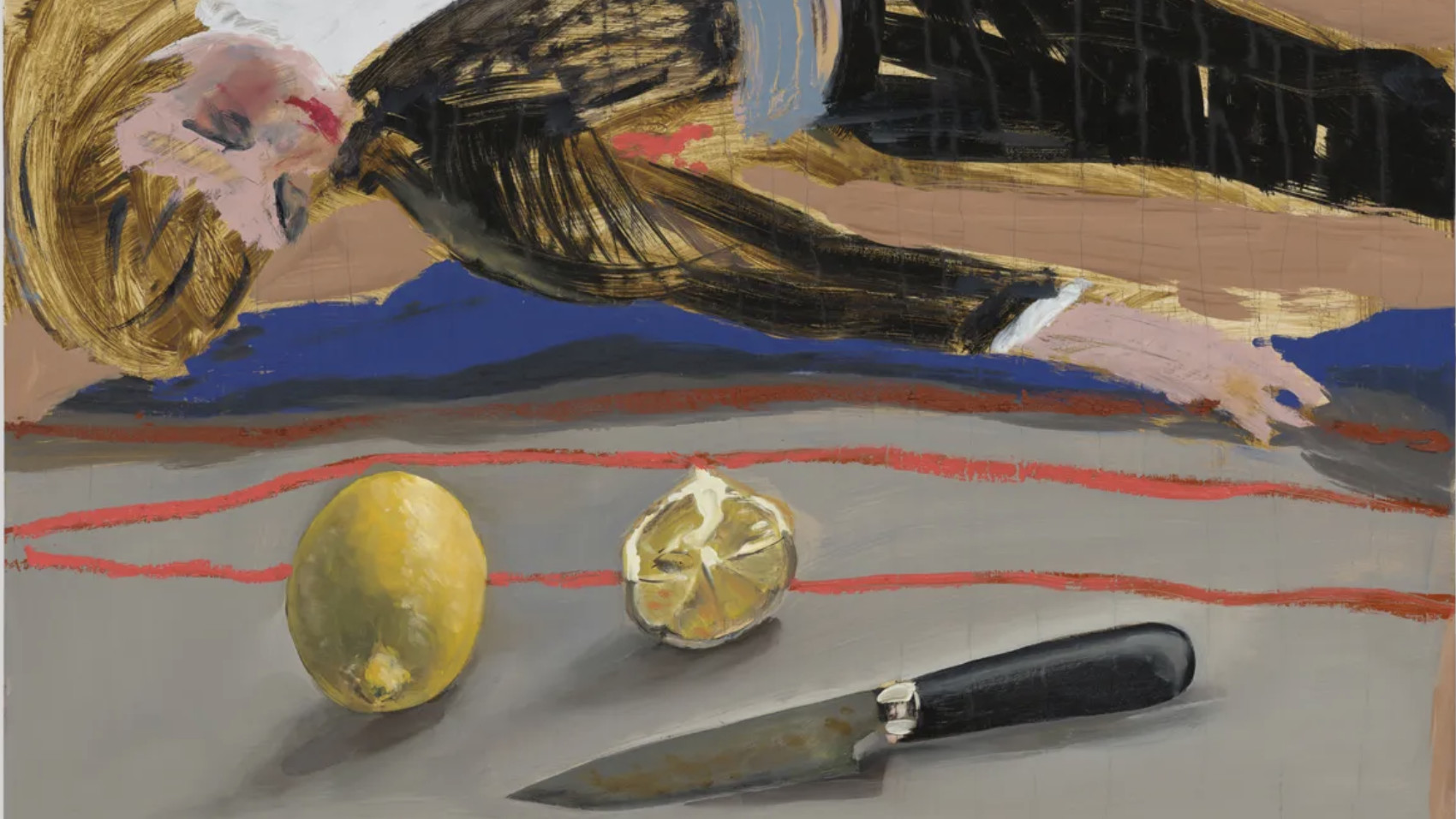 ‘Humour is foundational’: artist Ella Kruglyanskaya on painting as a ‘highly questionable’ pursuit
‘Humour is foundational’: artist Ella Kruglyanskaya on painting as a ‘highly questionable’ pursuitElla Kruglyanskaya’s exhibition, ‘Shadows’ at Thomas Dane Gallery, is the first in a series of three this year, with openings in Basel and New York to follow
By Hannah Silver
-
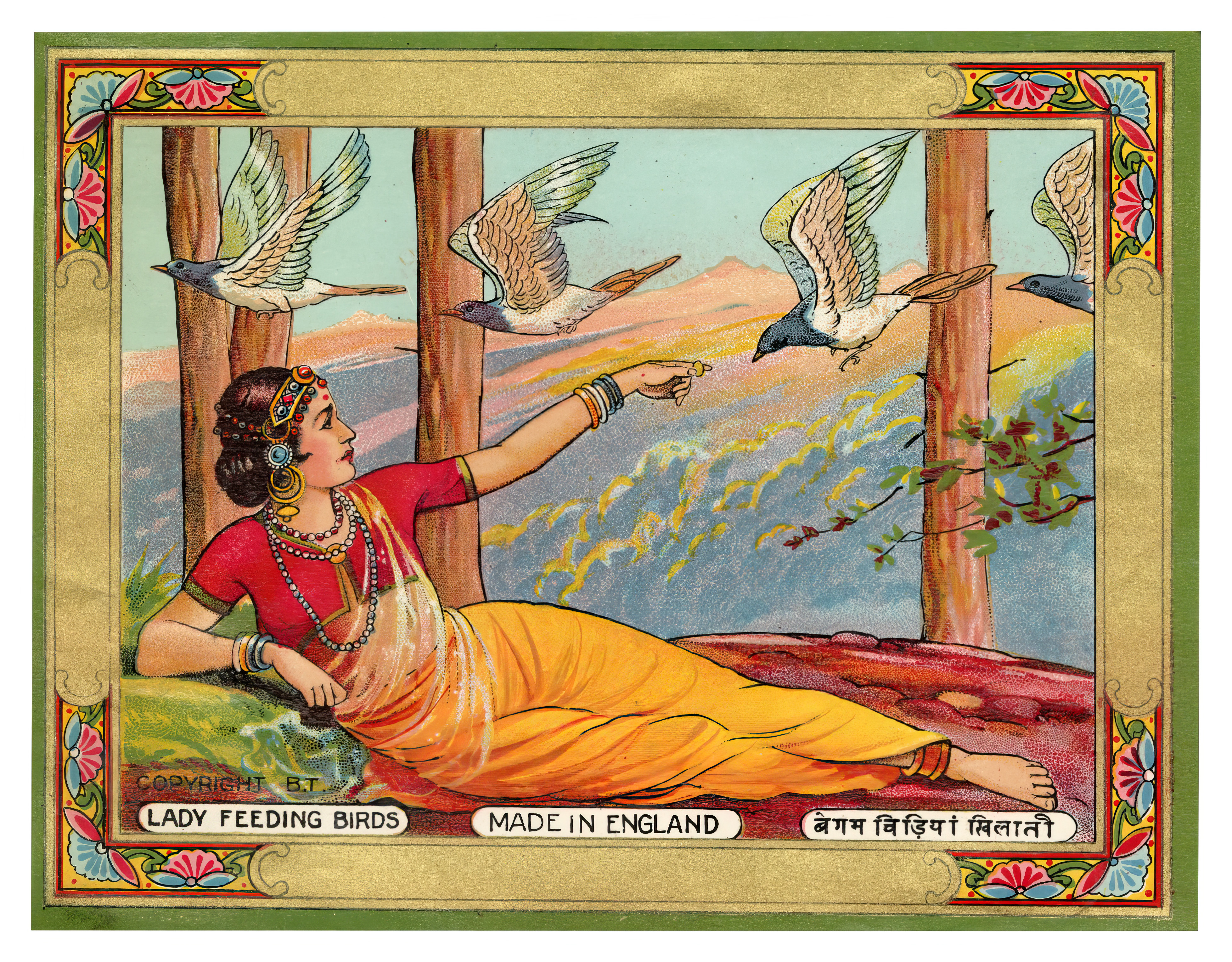 The art of the textile label: how British mill-made cloth sold itself to Indian buyers
The art of the textile label: how British mill-made cloth sold itself to Indian buyersAn exhibition of Indo-British textile labels at the Museum of Art & Photography (MAP) in Bengaluru is a journey through colonial desire and the design of mass persuasion
By Aastha D
-
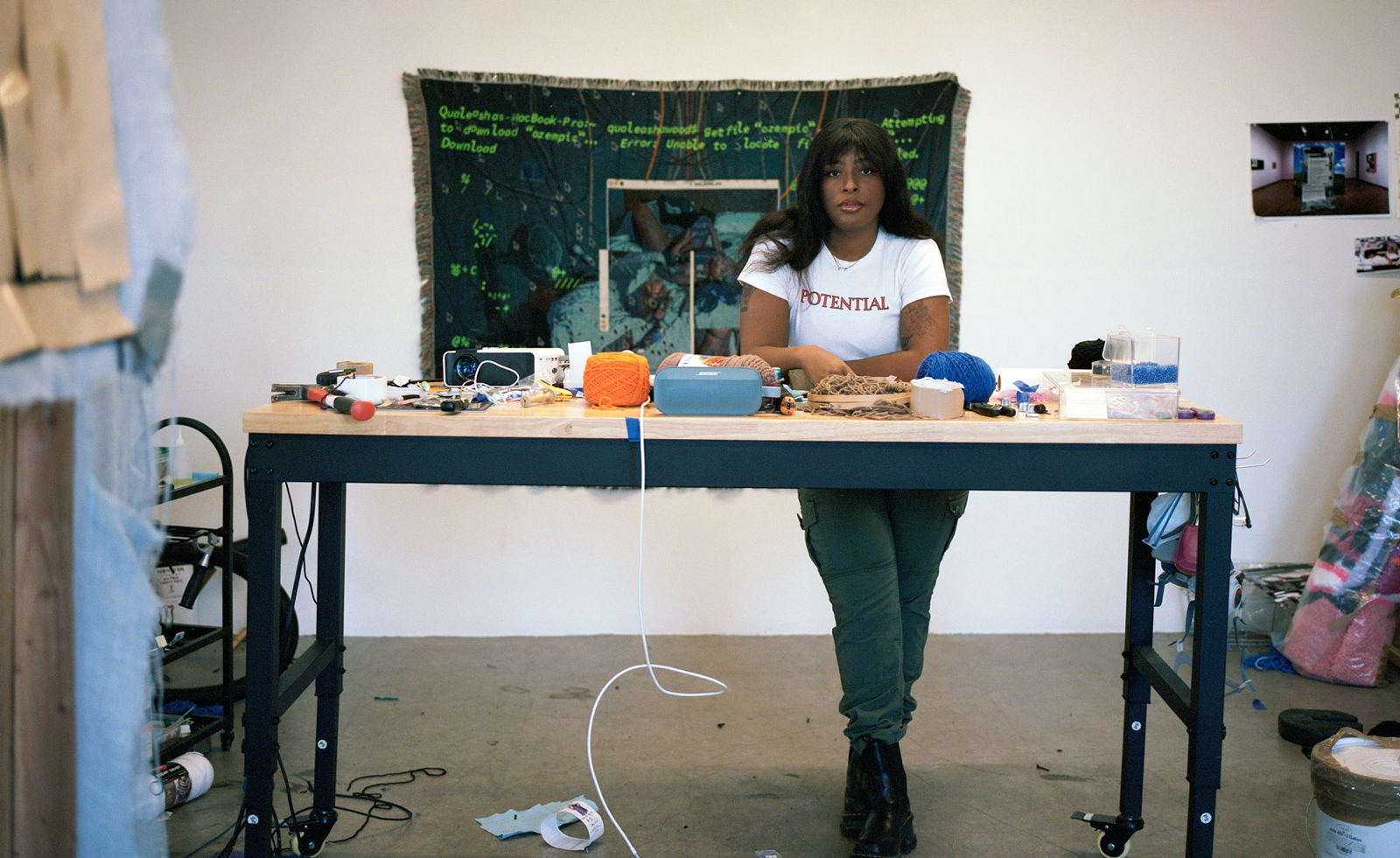 Artist Qualeasha Wood explores the digital glitch to weave stories of the Black female experience
Artist Qualeasha Wood explores the digital glitch to weave stories of the Black female experienceIn ‘Malware’, her new London exhibition at Pippy Houldsworth Gallery, the American artist’s tapestries, tuftings and videos delve into the world of internet malfunction
By Hannah Silver
-
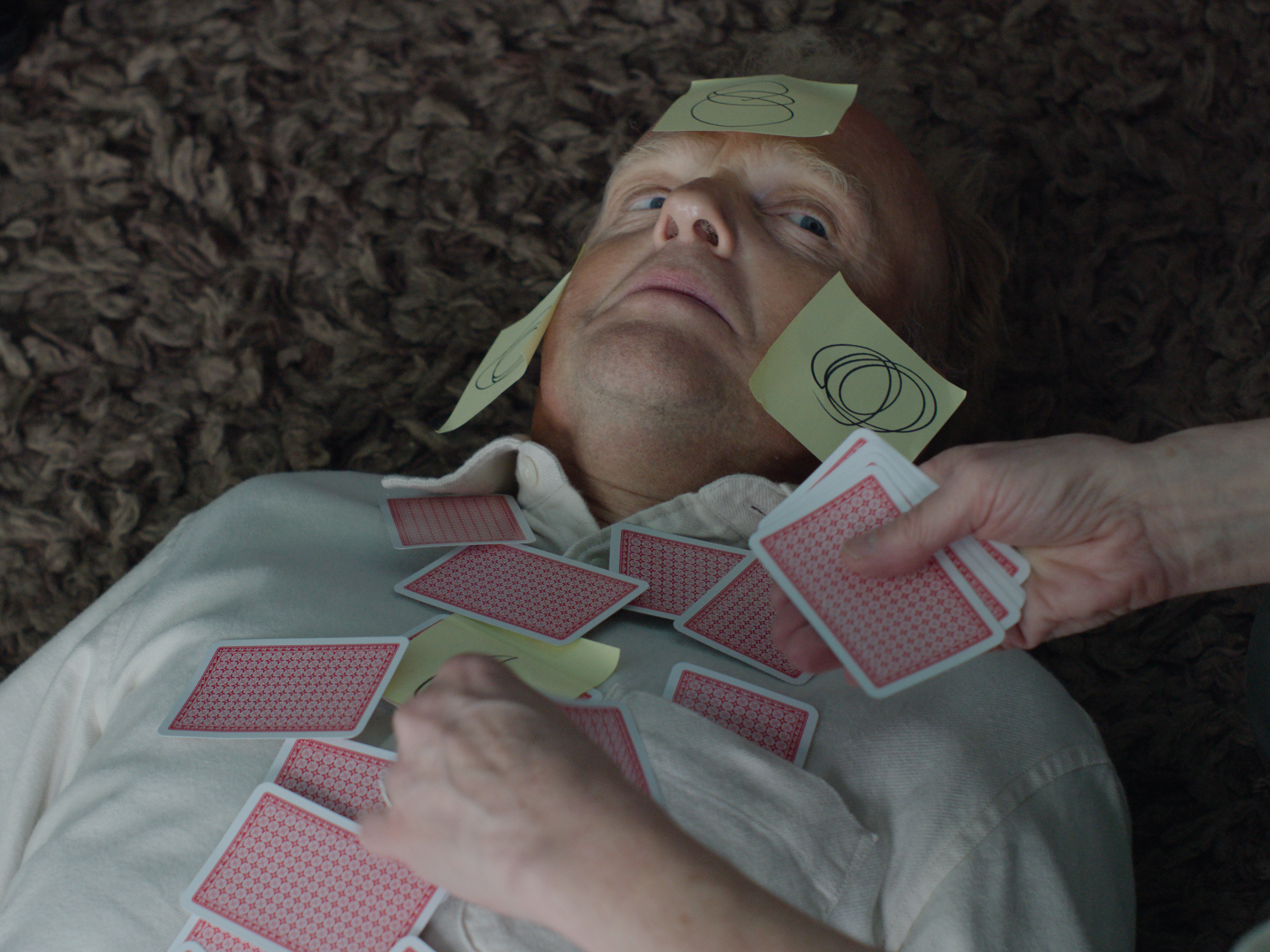 Ed Atkins confronts death at Tate Britain
Ed Atkins confronts death at Tate BritainIn his new London exhibition, the artist prods at the limits of existence through digital and physical works, including a film starring Toby Jones
By Emily Steer
-
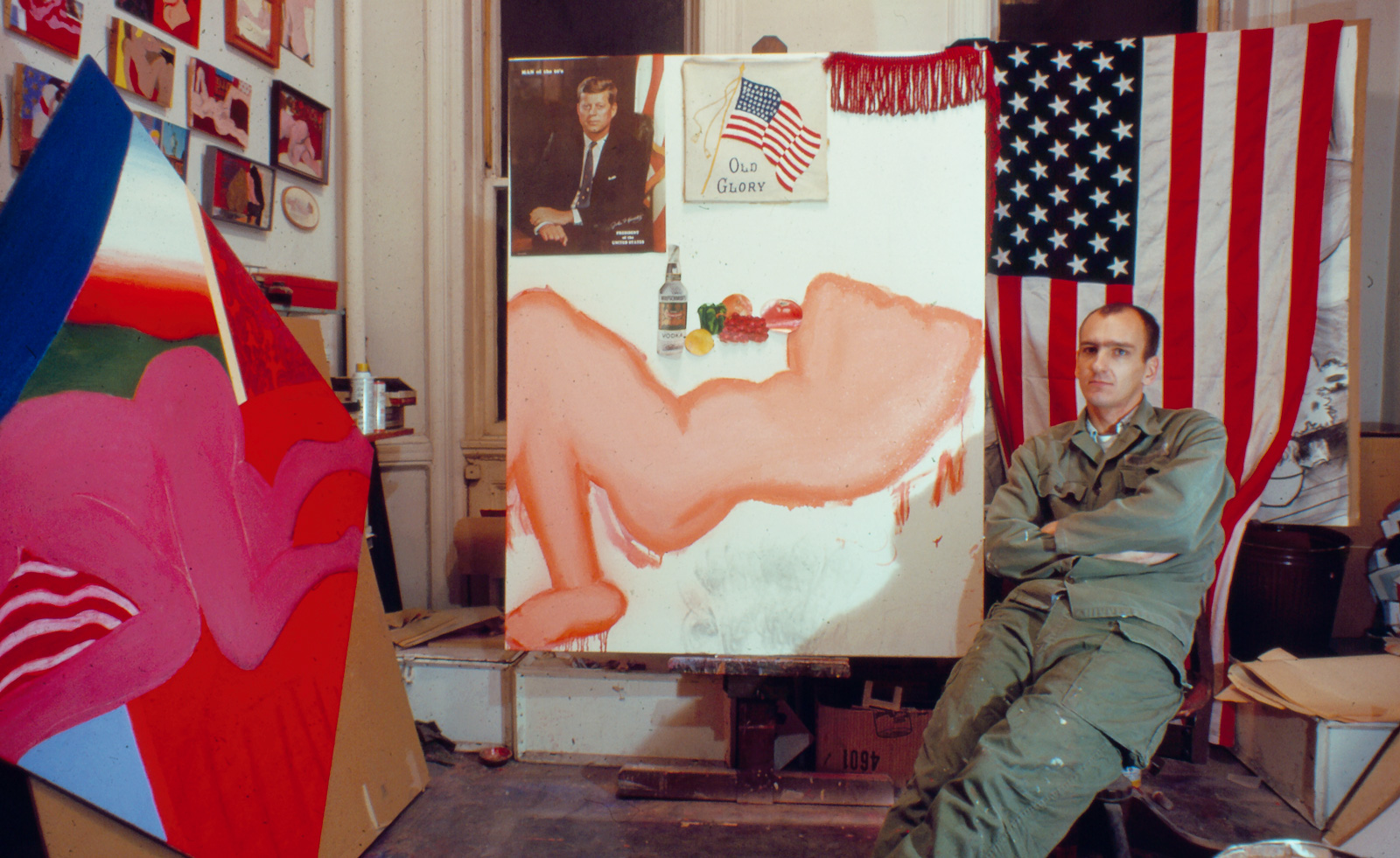 Tom Wesselmann’s 'Up Close' and the anatomy of desire
Tom Wesselmann’s 'Up Close' and the anatomy of desireIn a new exhibition currently on show at Almine Rech in London, Tom Wesselmann challenges the limits of figurative painting
By Sam Moore
-
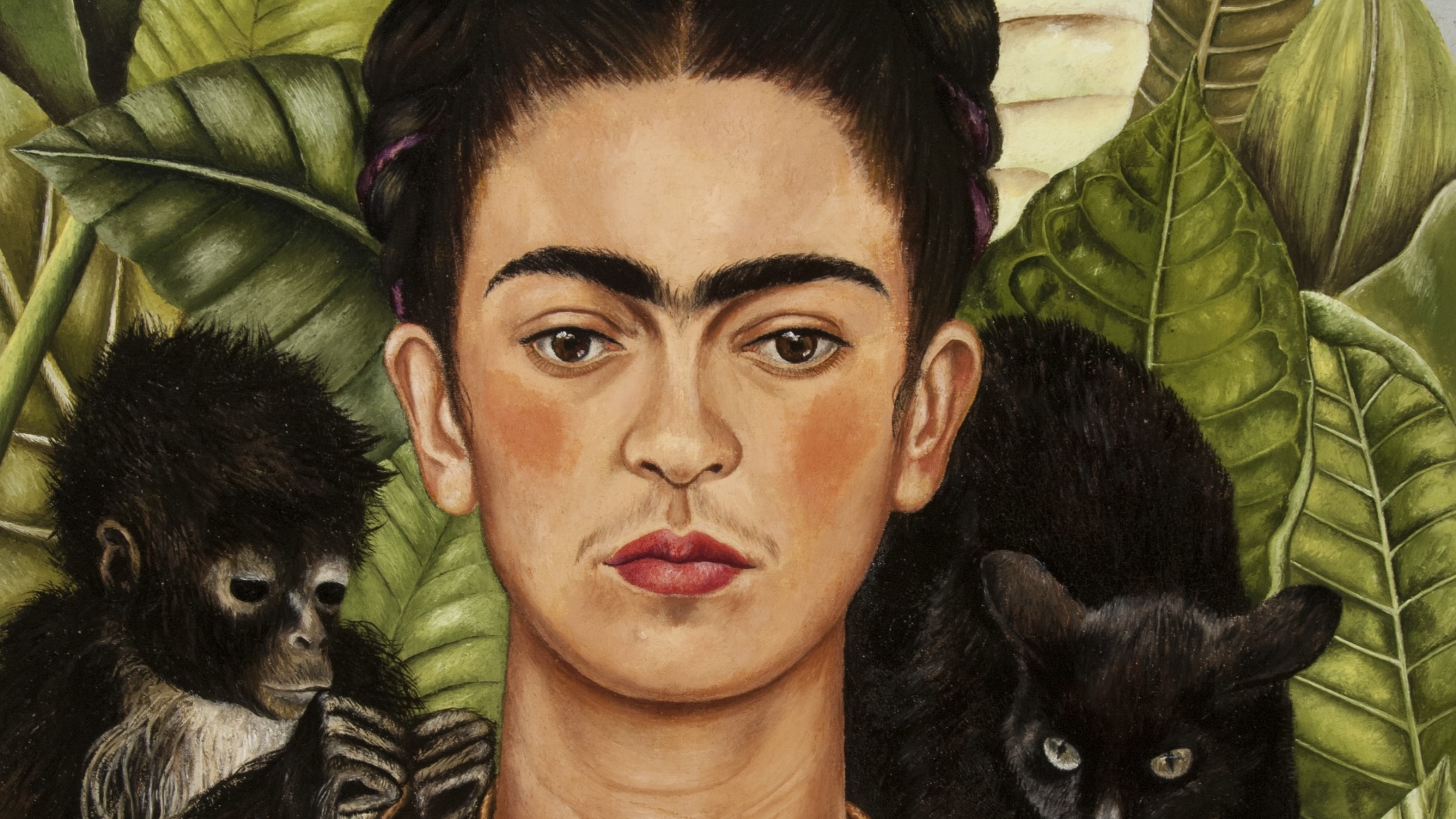 A major Frida Kahlo exhibition is coming to the Tate Modern next year
A major Frida Kahlo exhibition is coming to the Tate Modern next yearTate’s 2026 programme includes 'Frida: The Making of an Icon', which will trace the professional and personal life of countercultural figurehead Frida Kahlo
By Anna Solomon
-
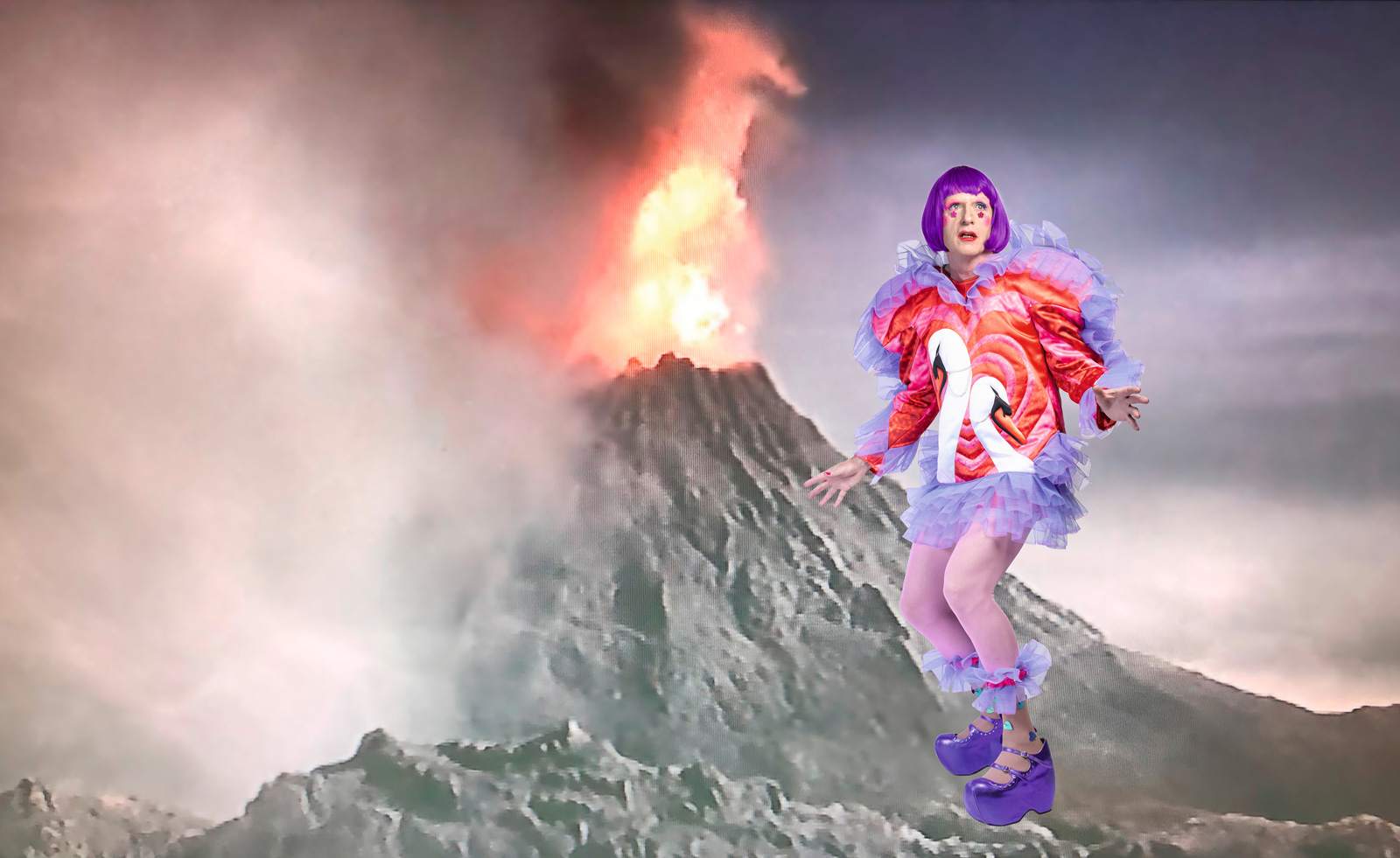 A portrait of the artist: Sotheby’s puts Grayson Perry in the spotlight
A portrait of the artist: Sotheby’s puts Grayson Perry in the spotlightFor more than a decade, photographer Richard Ansett has made Grayson Perry his muse. Now Sotheby’s is staging a selling exhibition of their work
By Hannah Silver
-
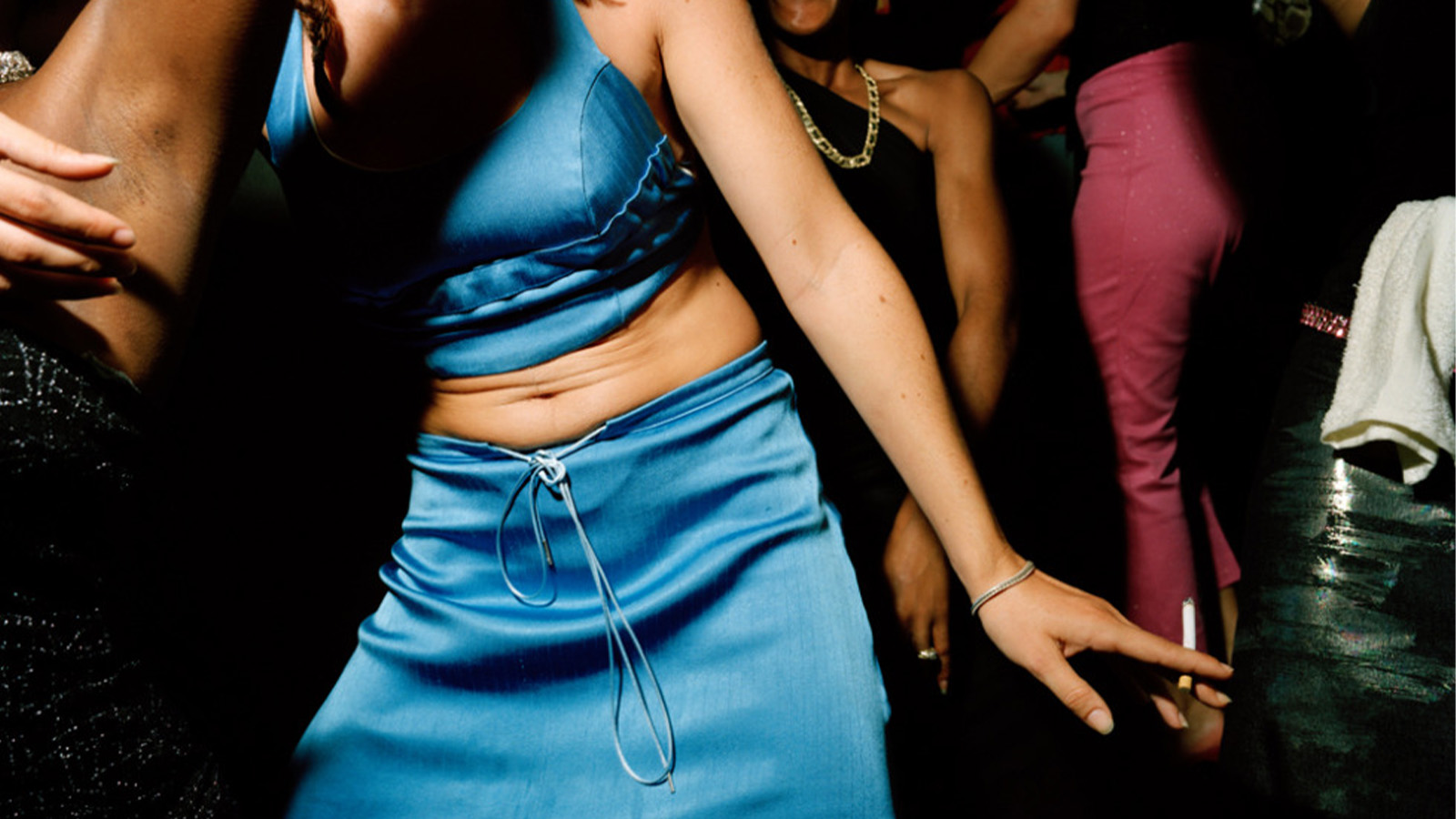 From counter-culture to Northern Soul, these photos chart an intimate history of working-class Britain
From counter-culture to Northern Soul, these photos chart an intimate history of working-class Britain‘After the End of History: British Working Class Photography 1989 – 2024’ is at Edinburgh gallery Stills
By Tianna Williams